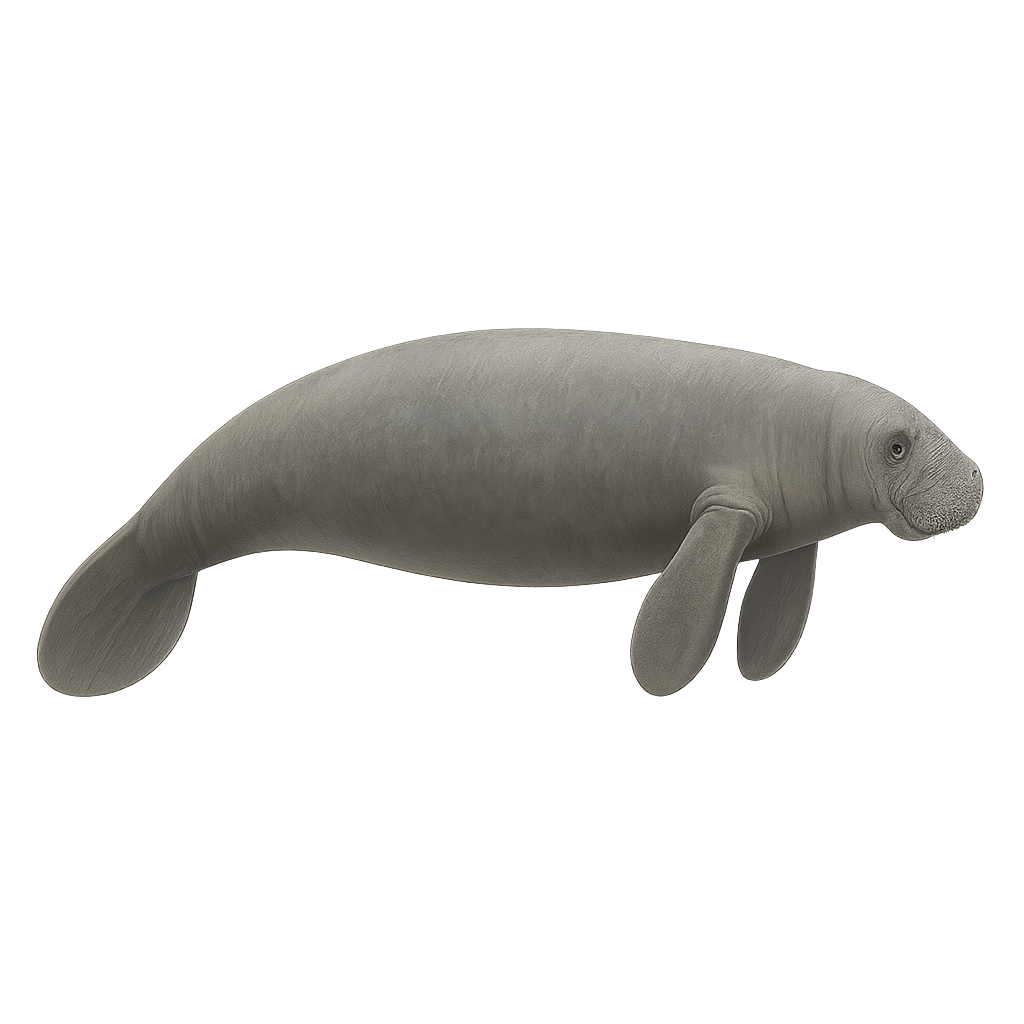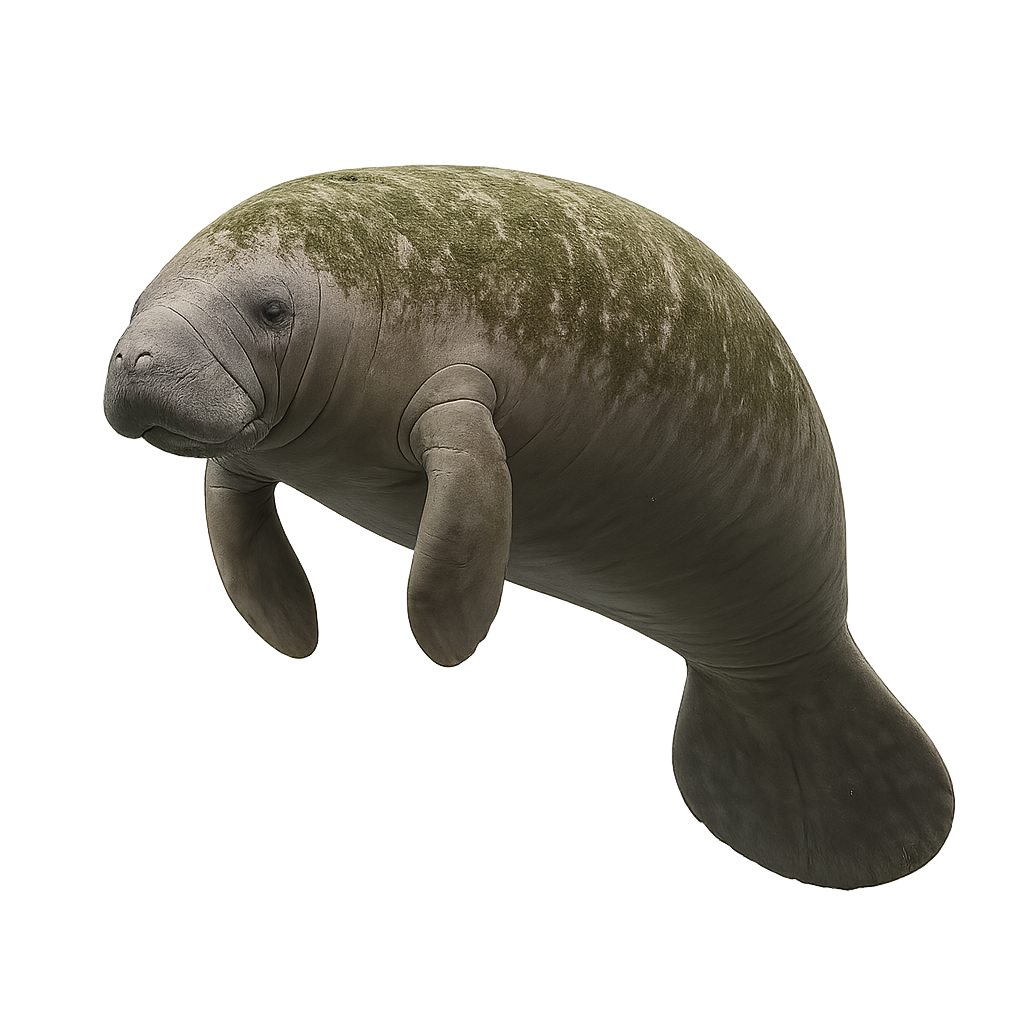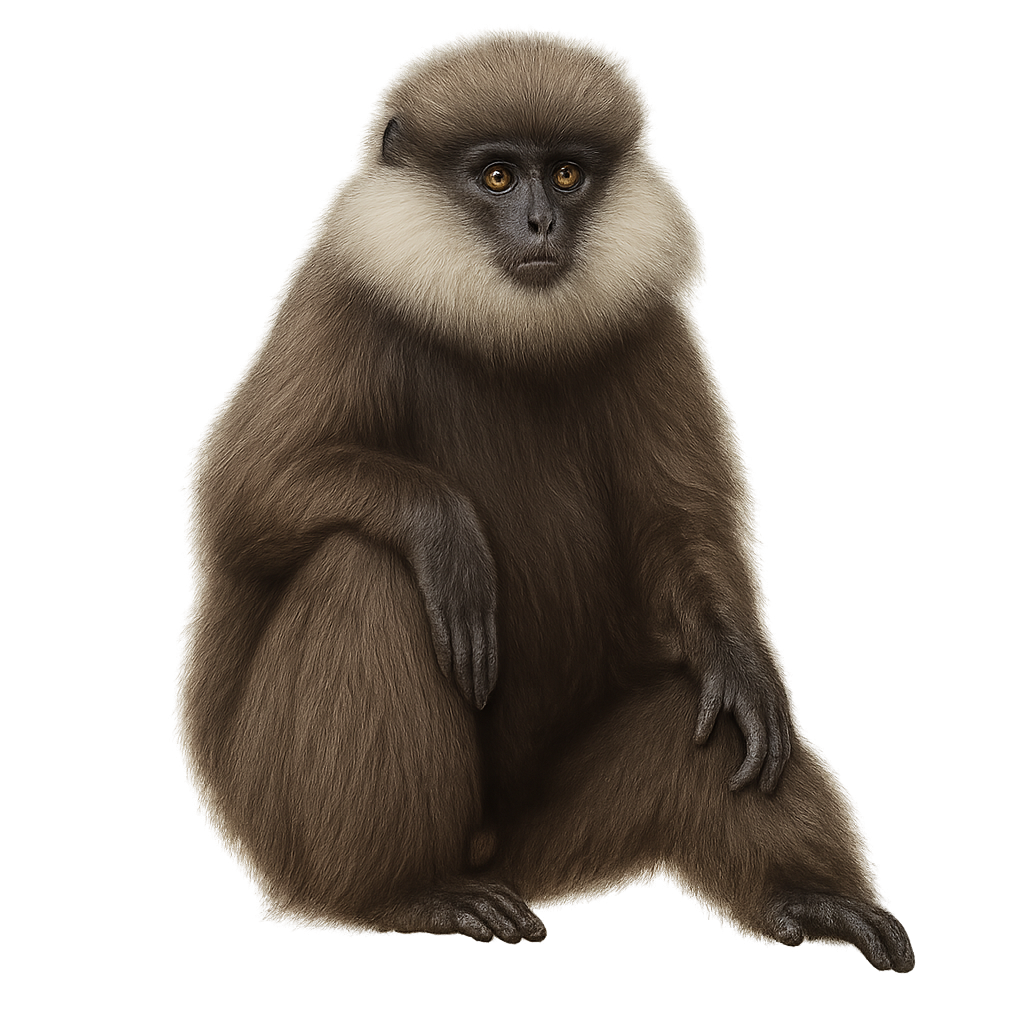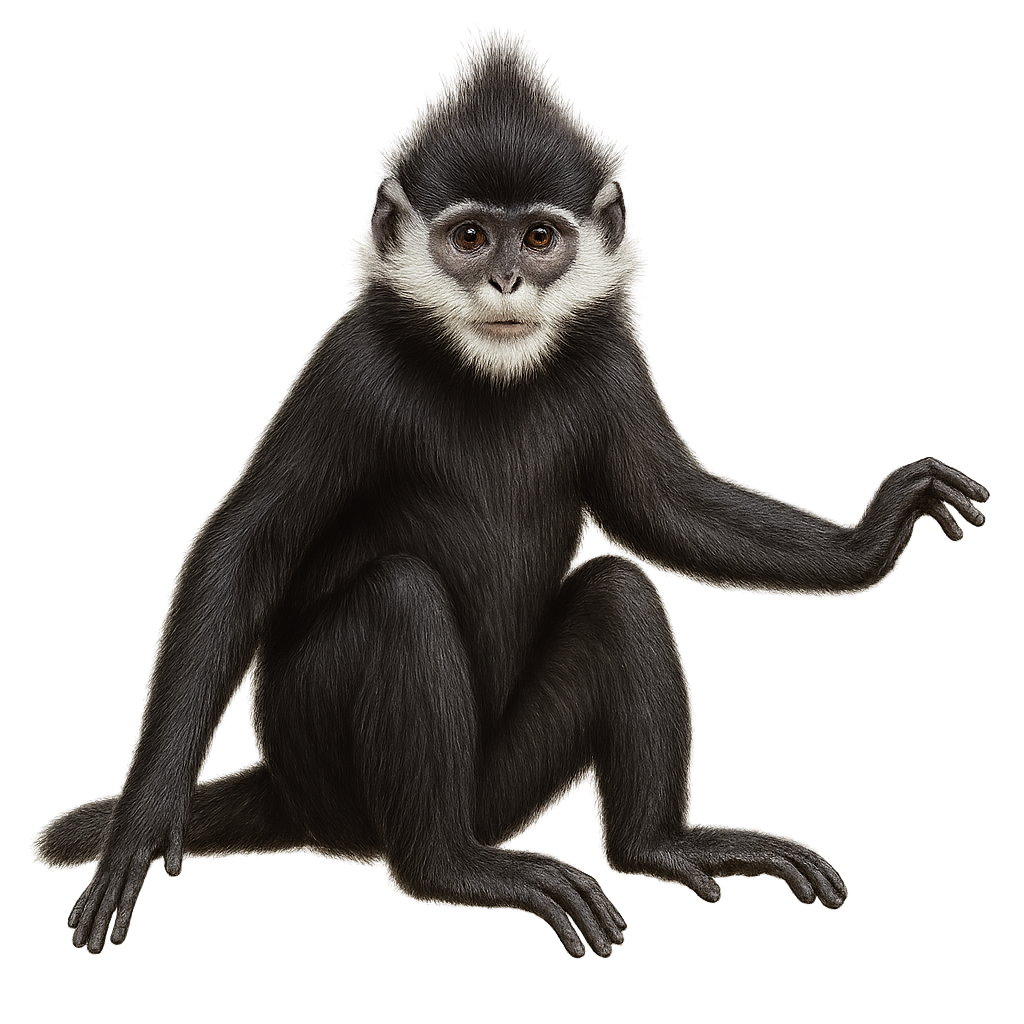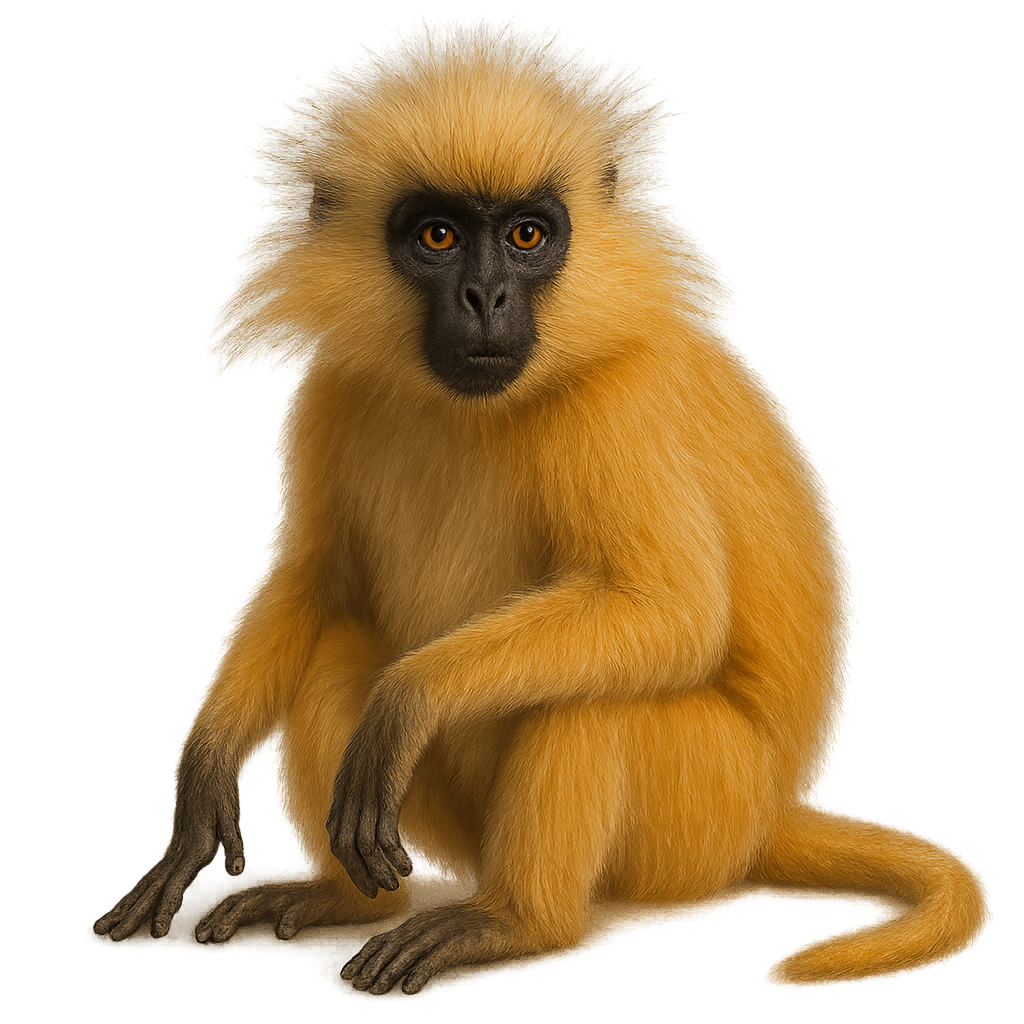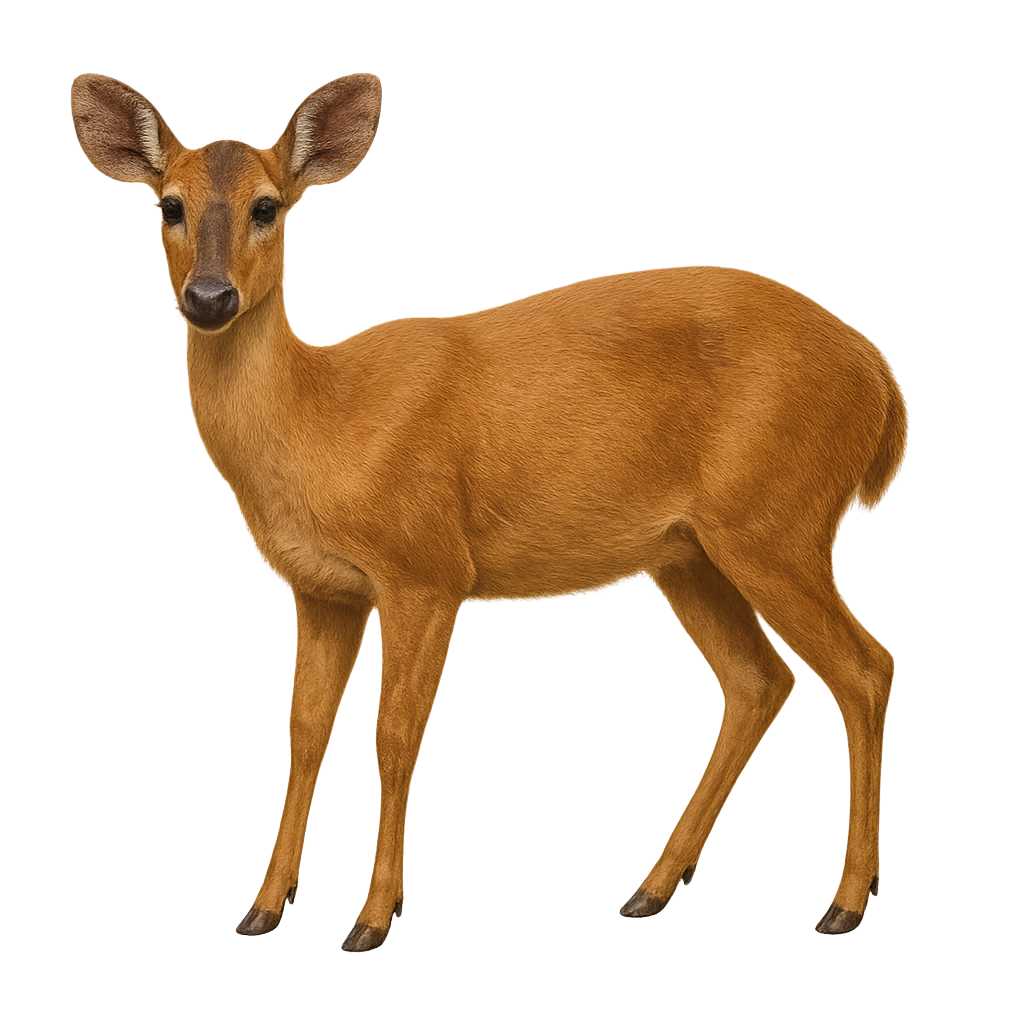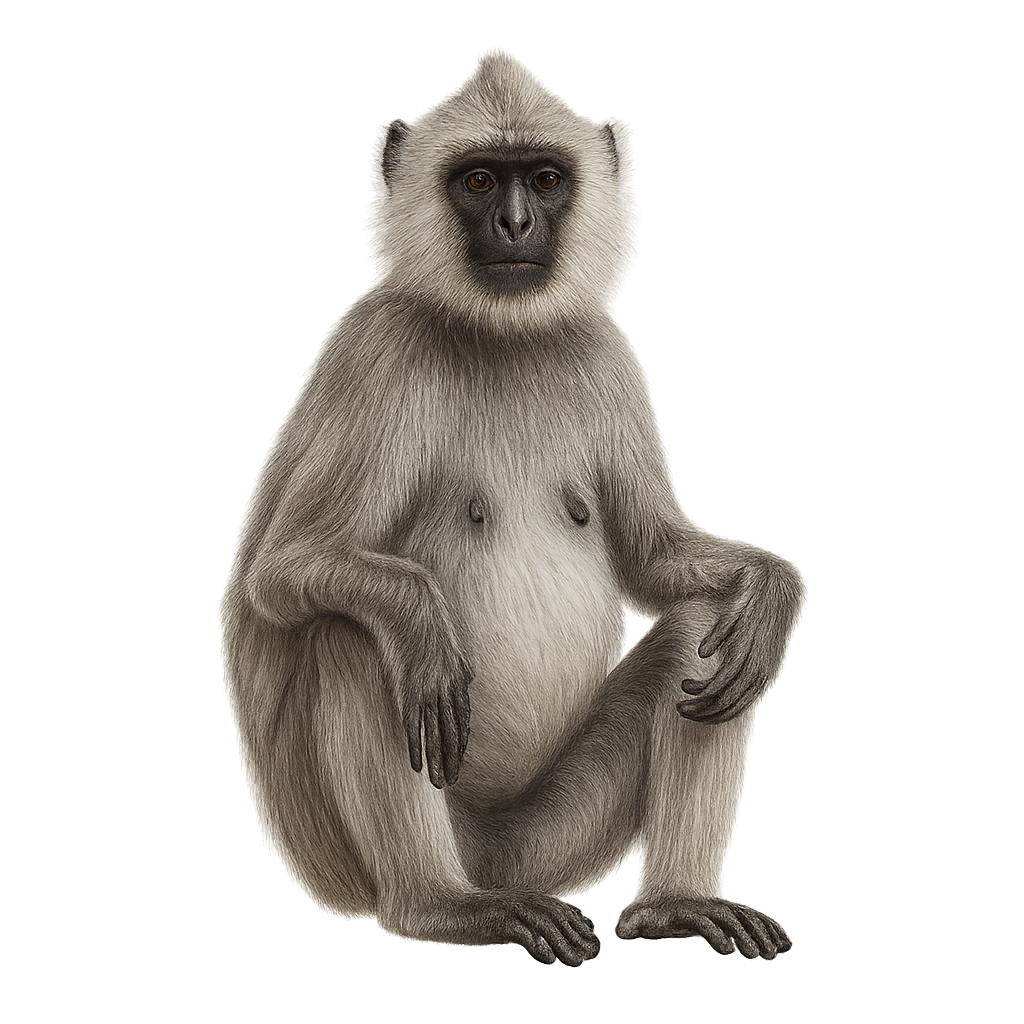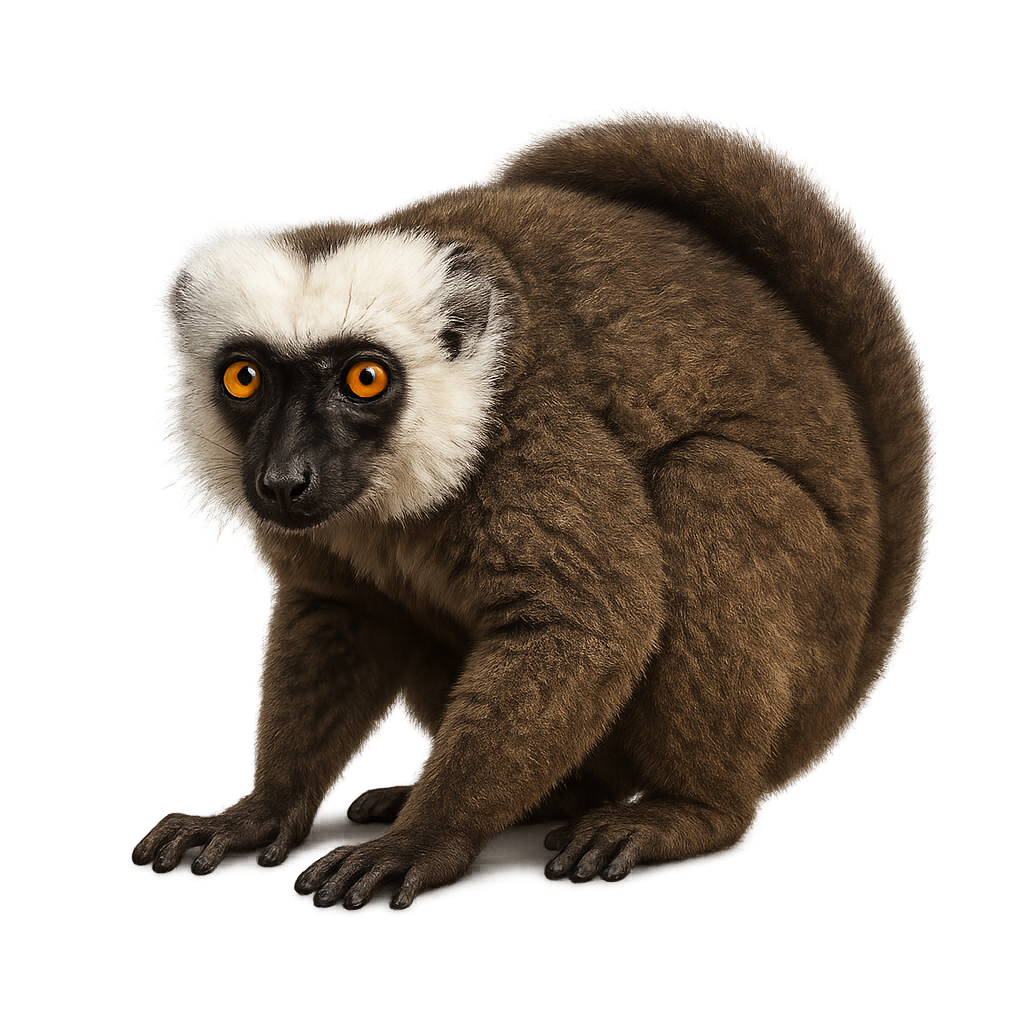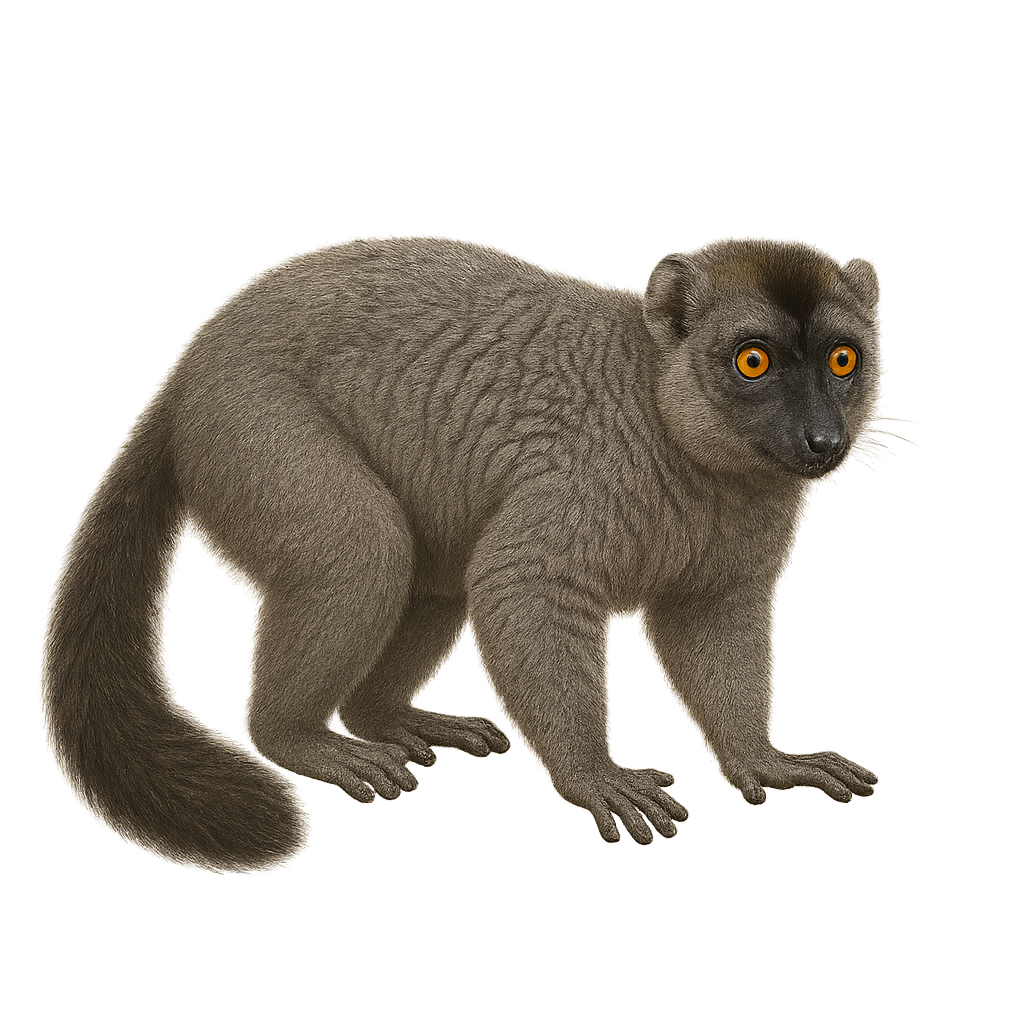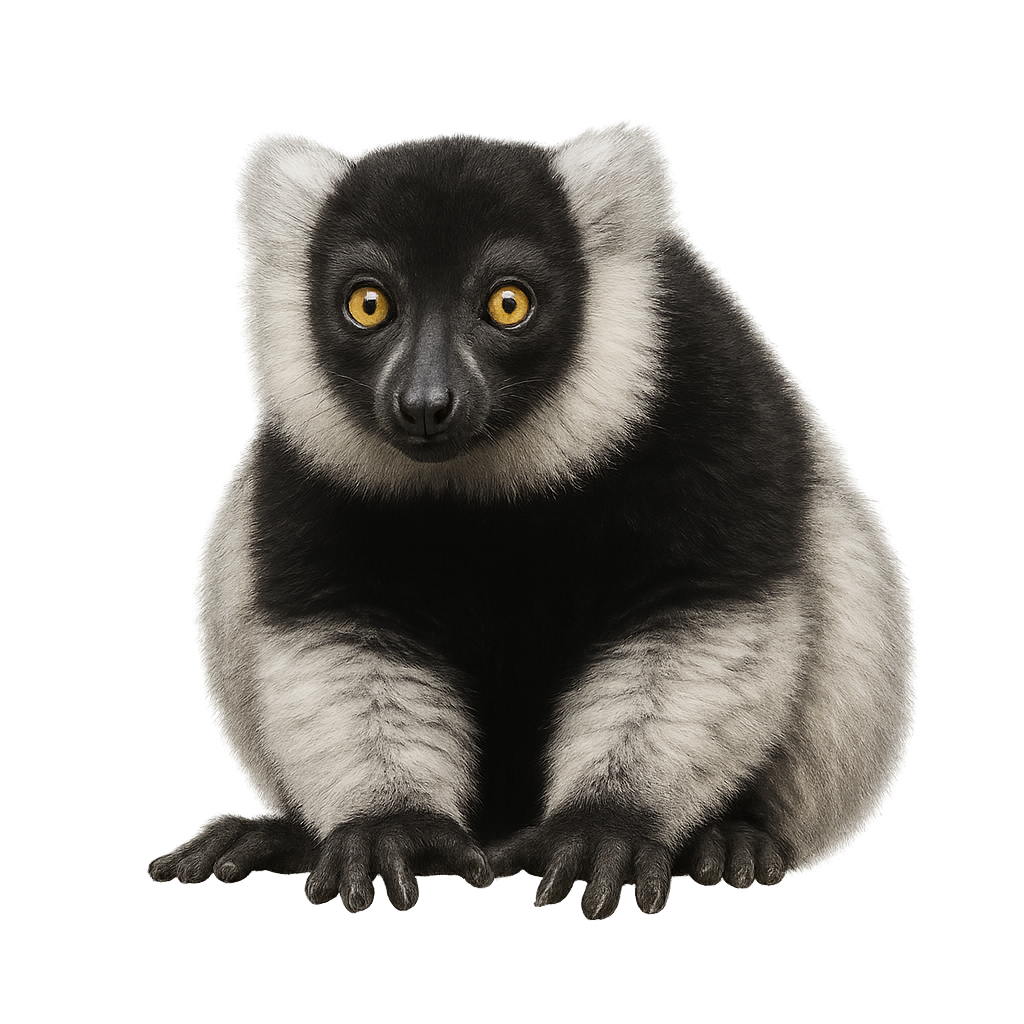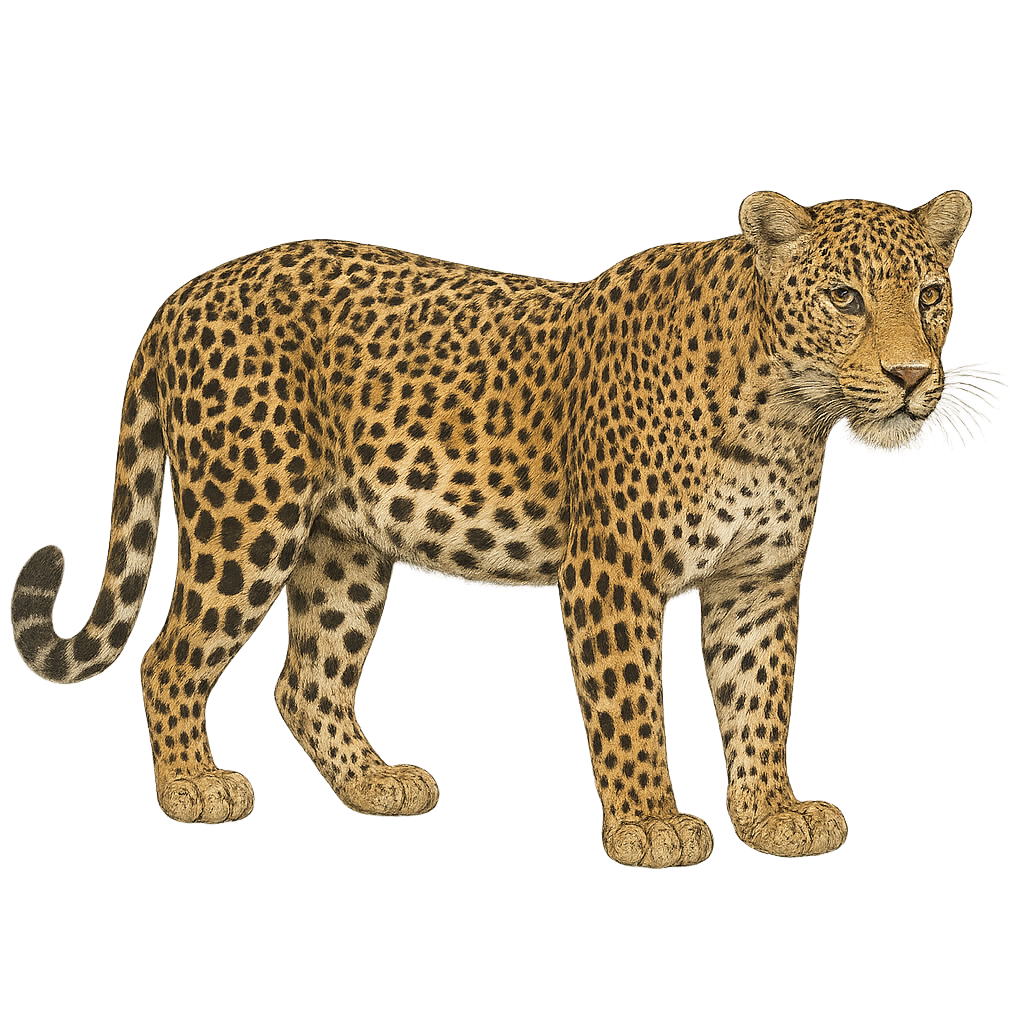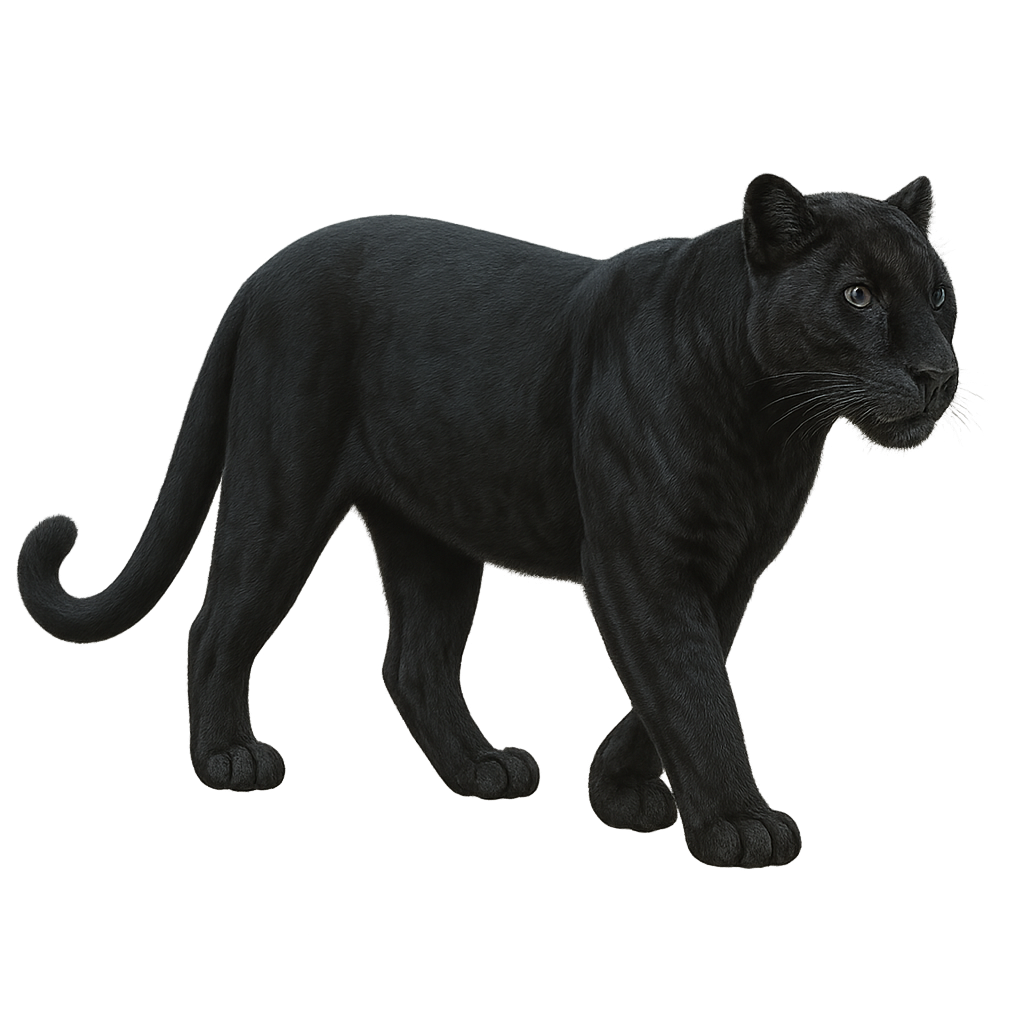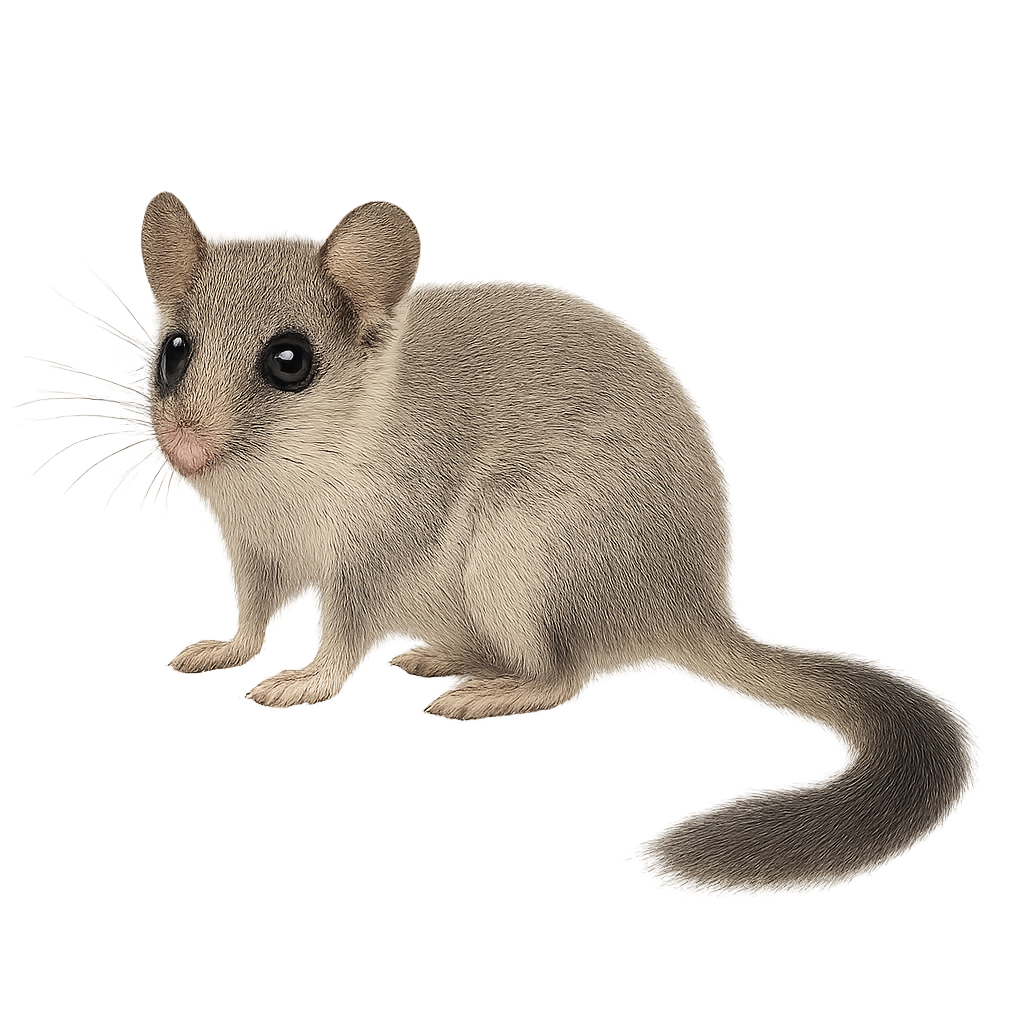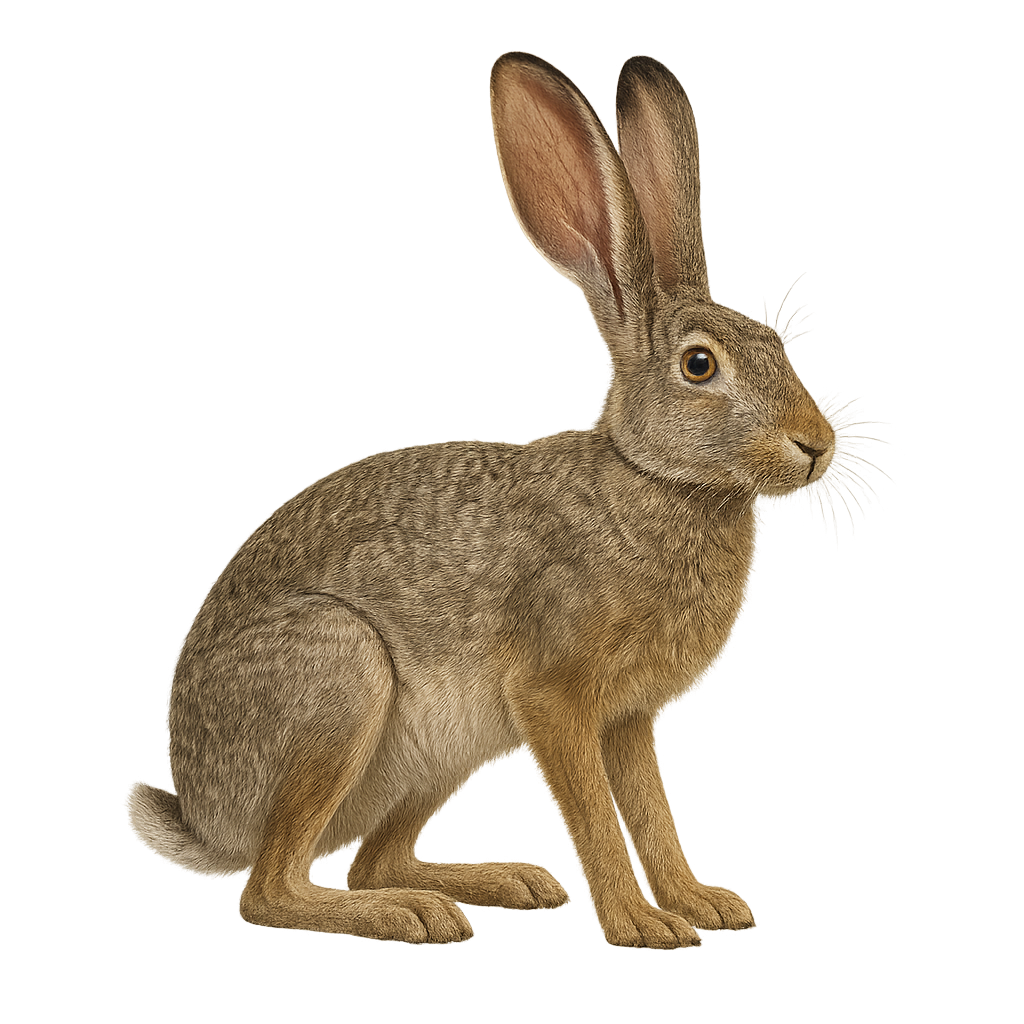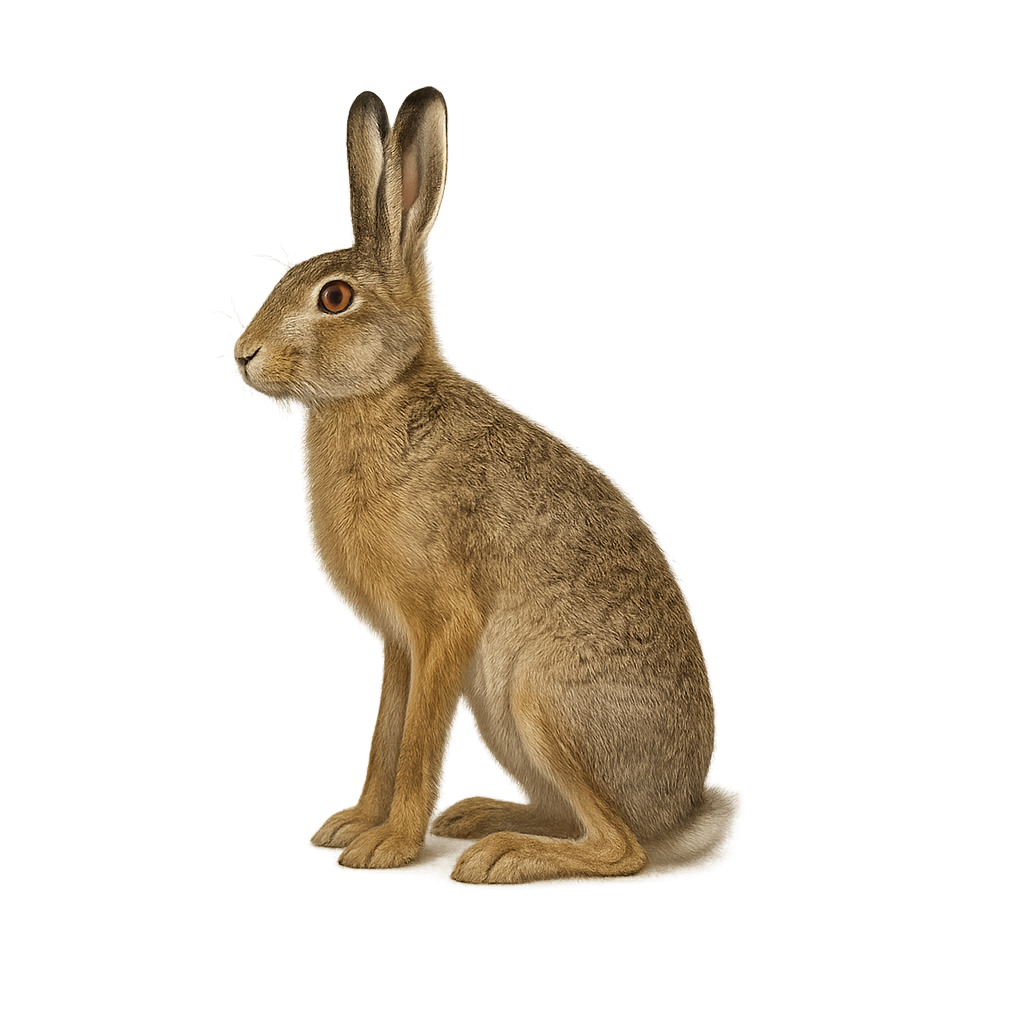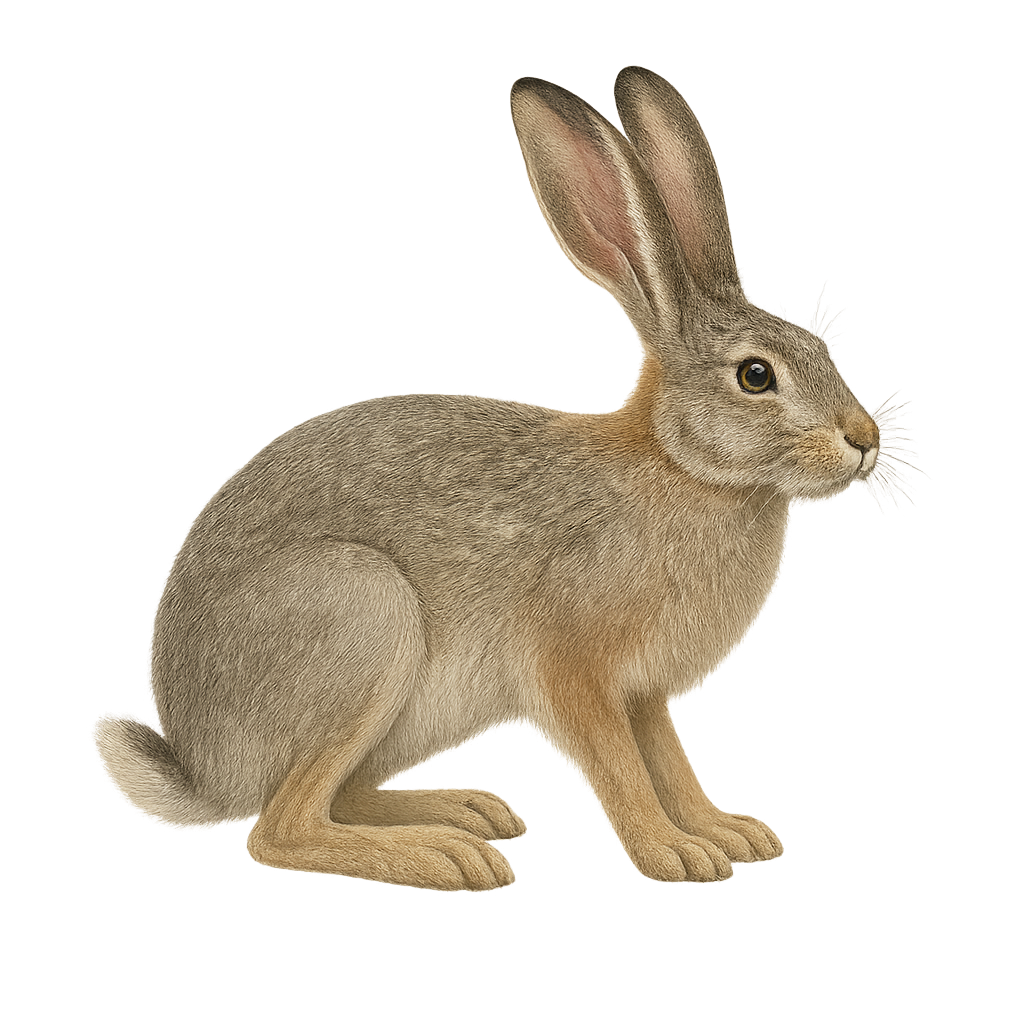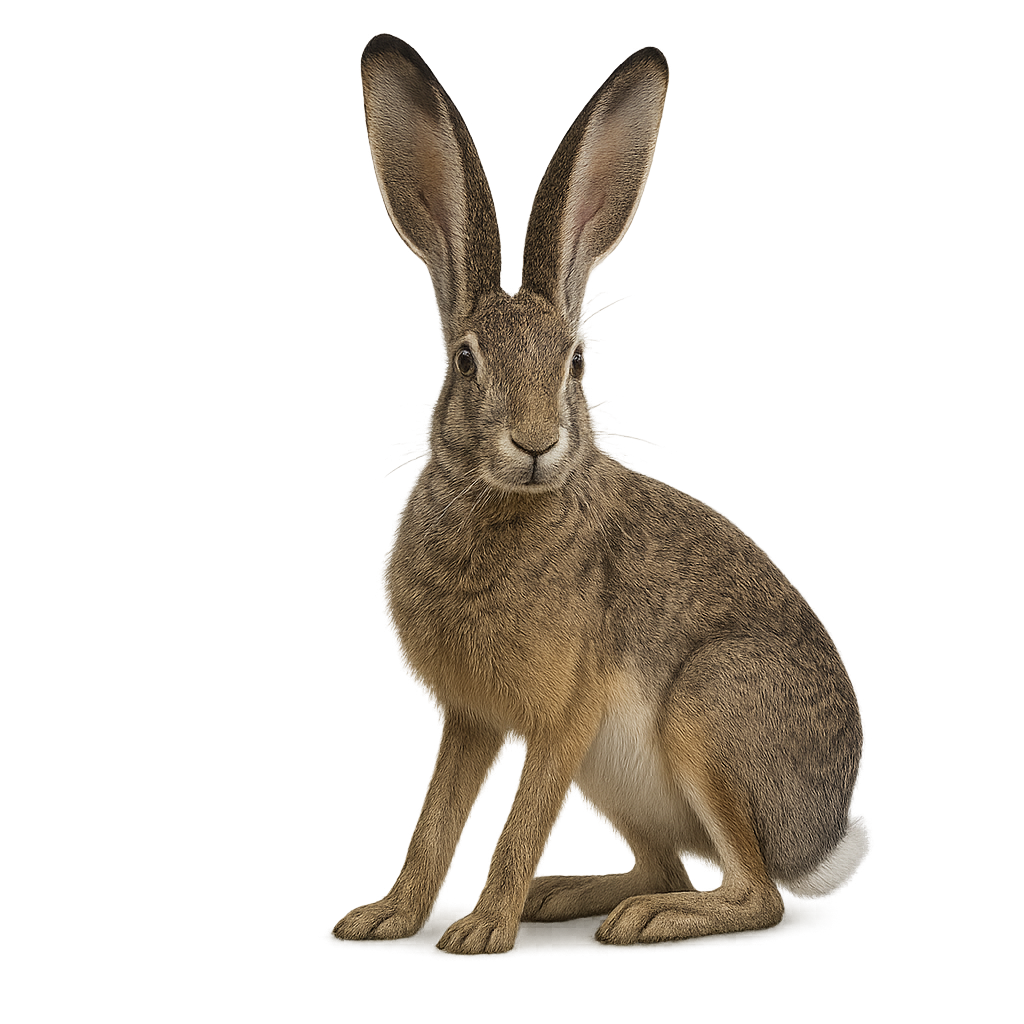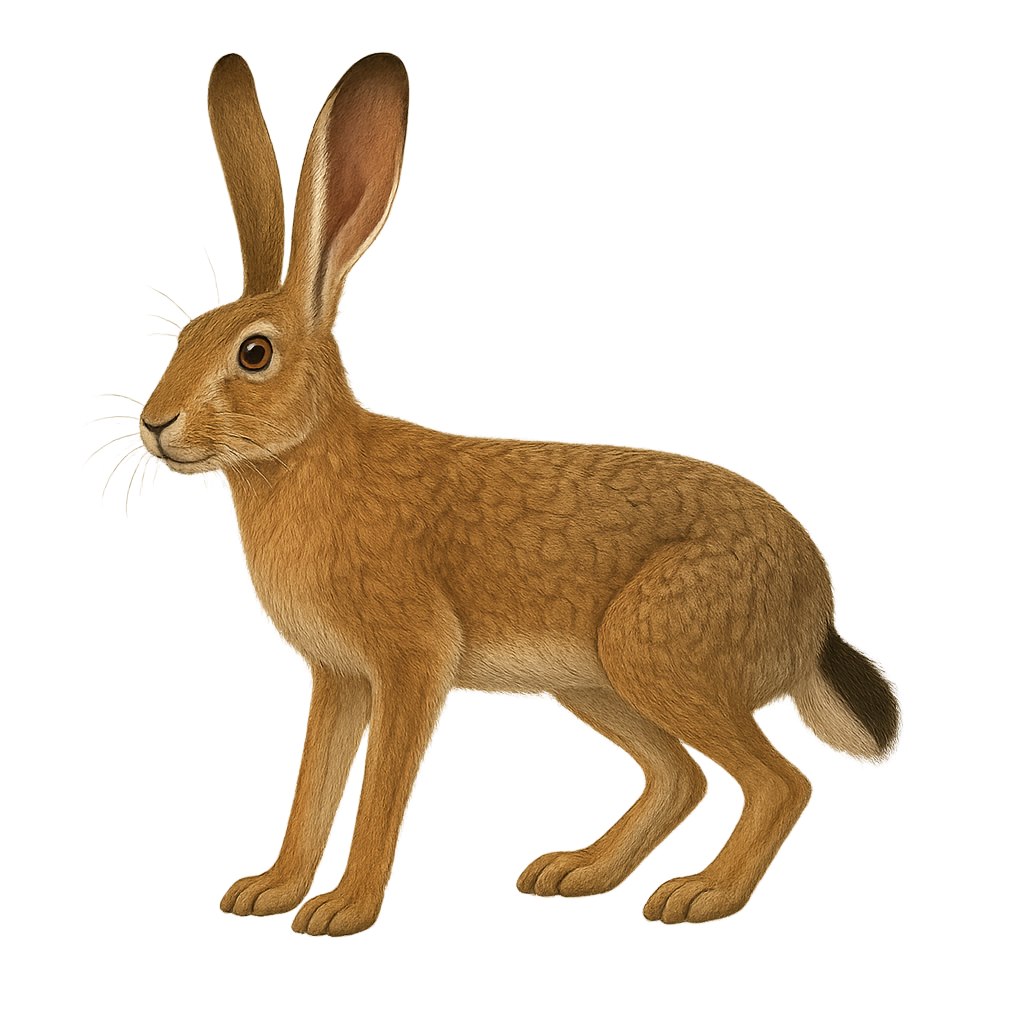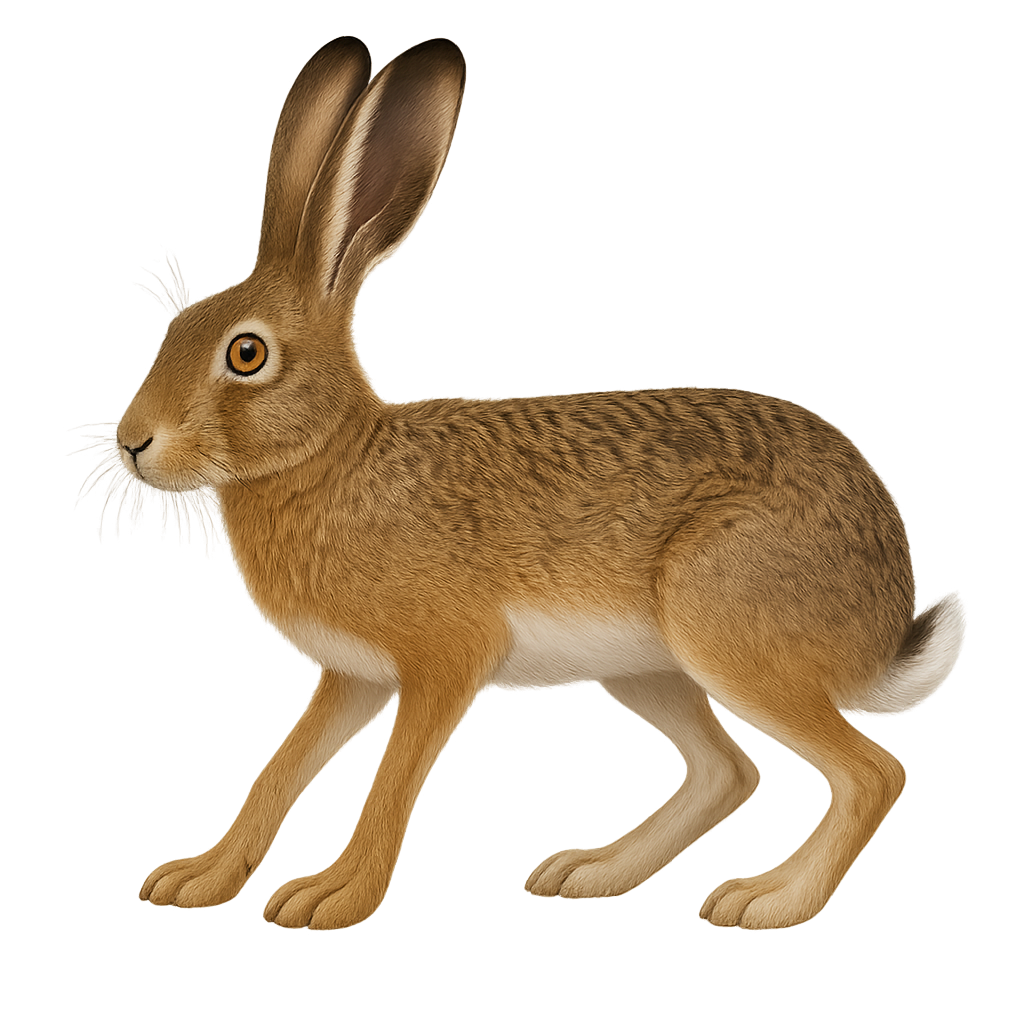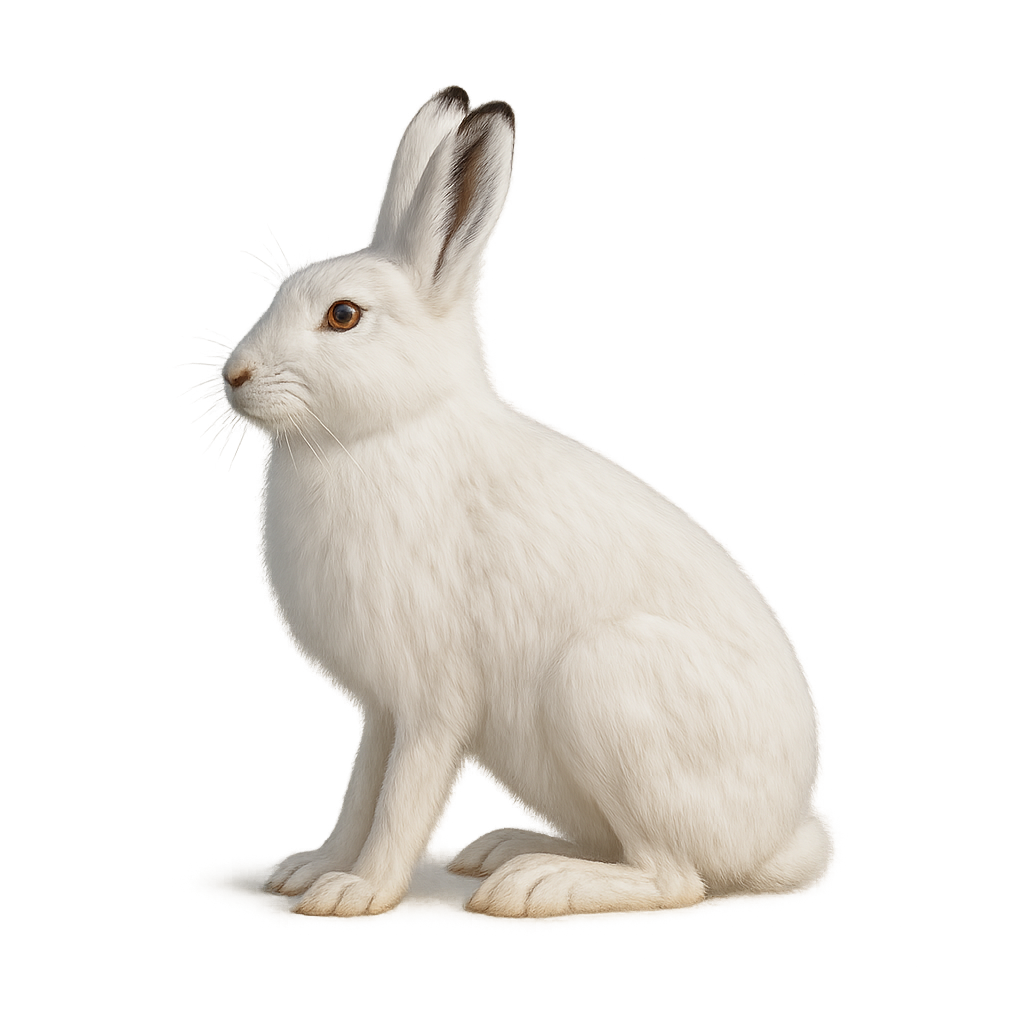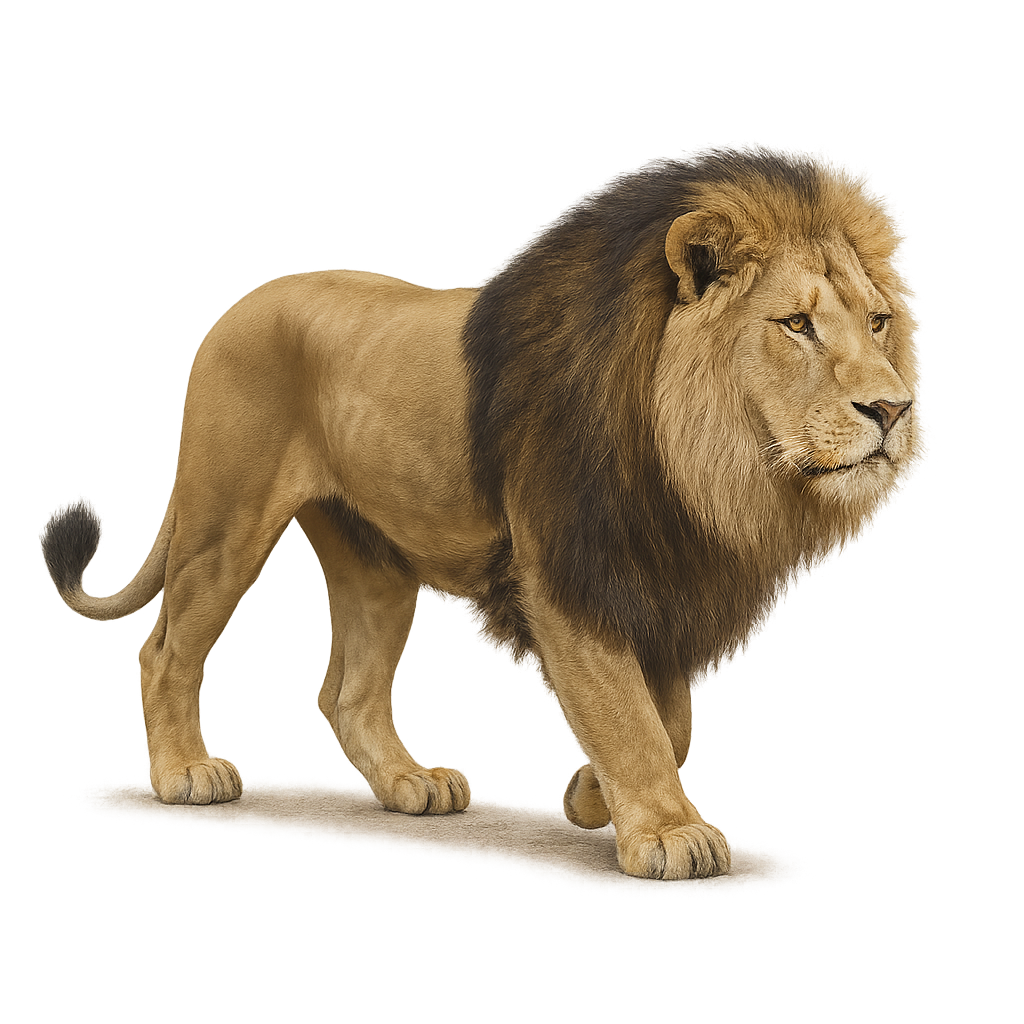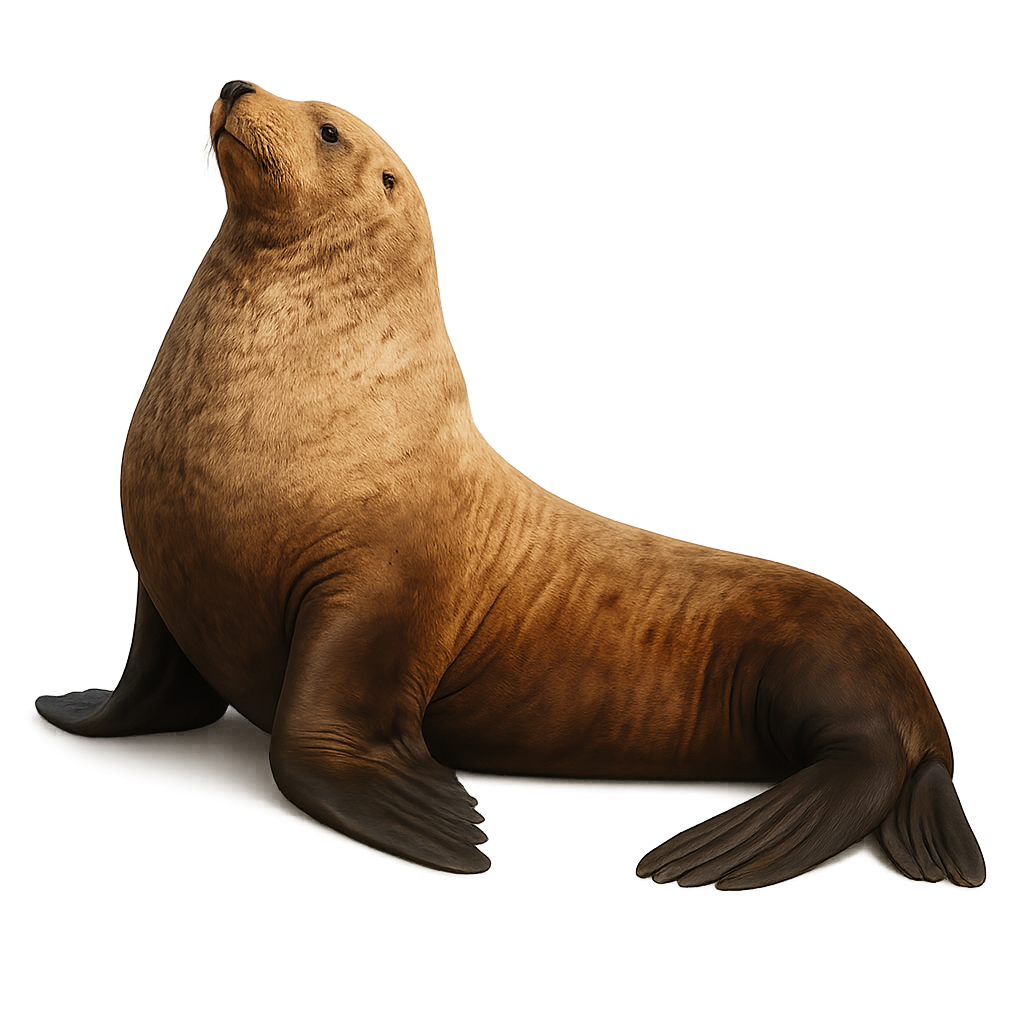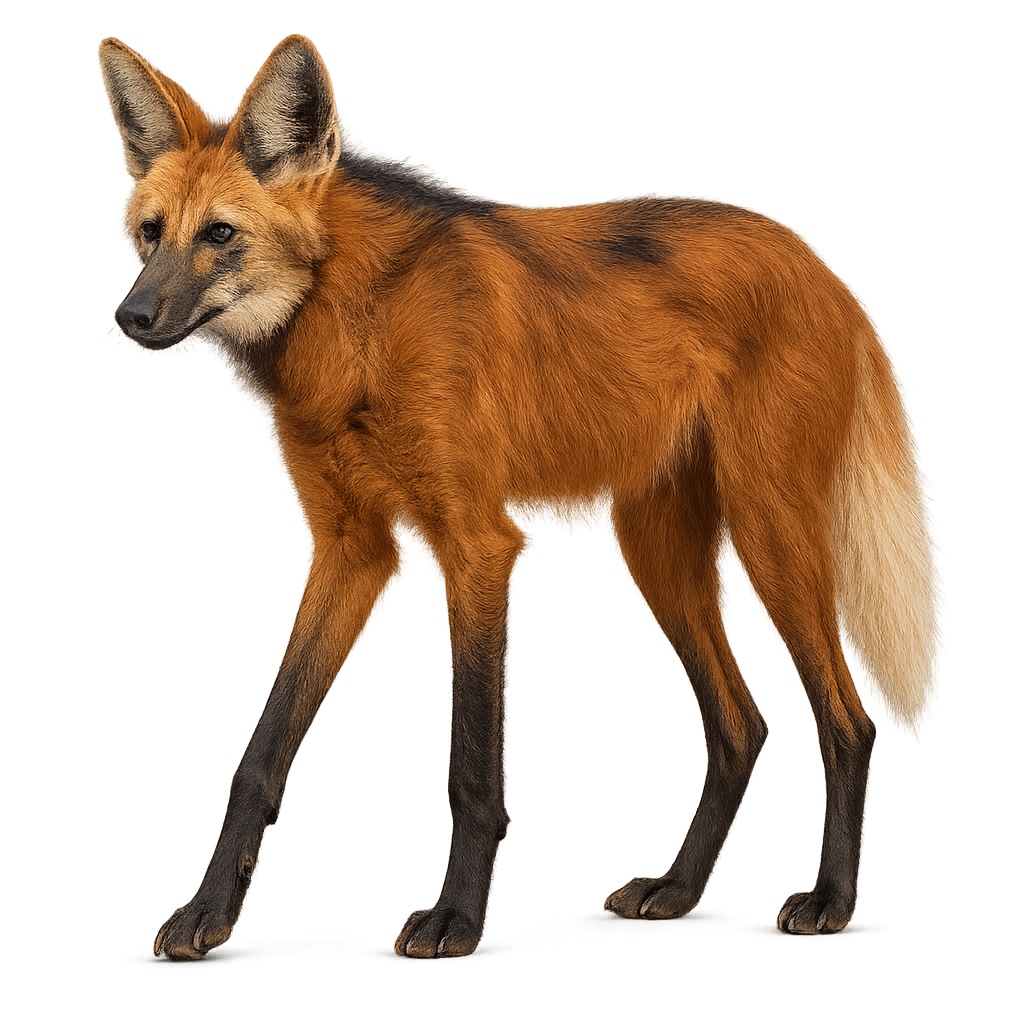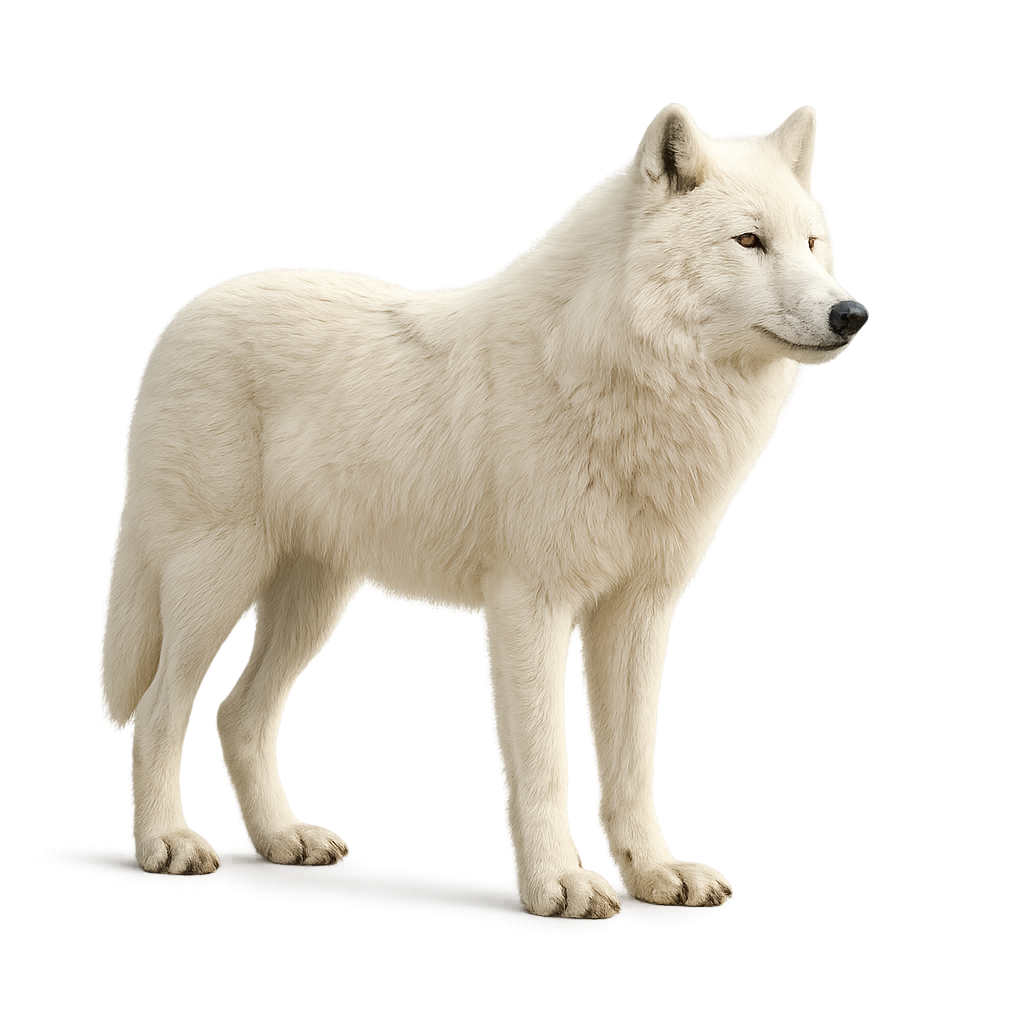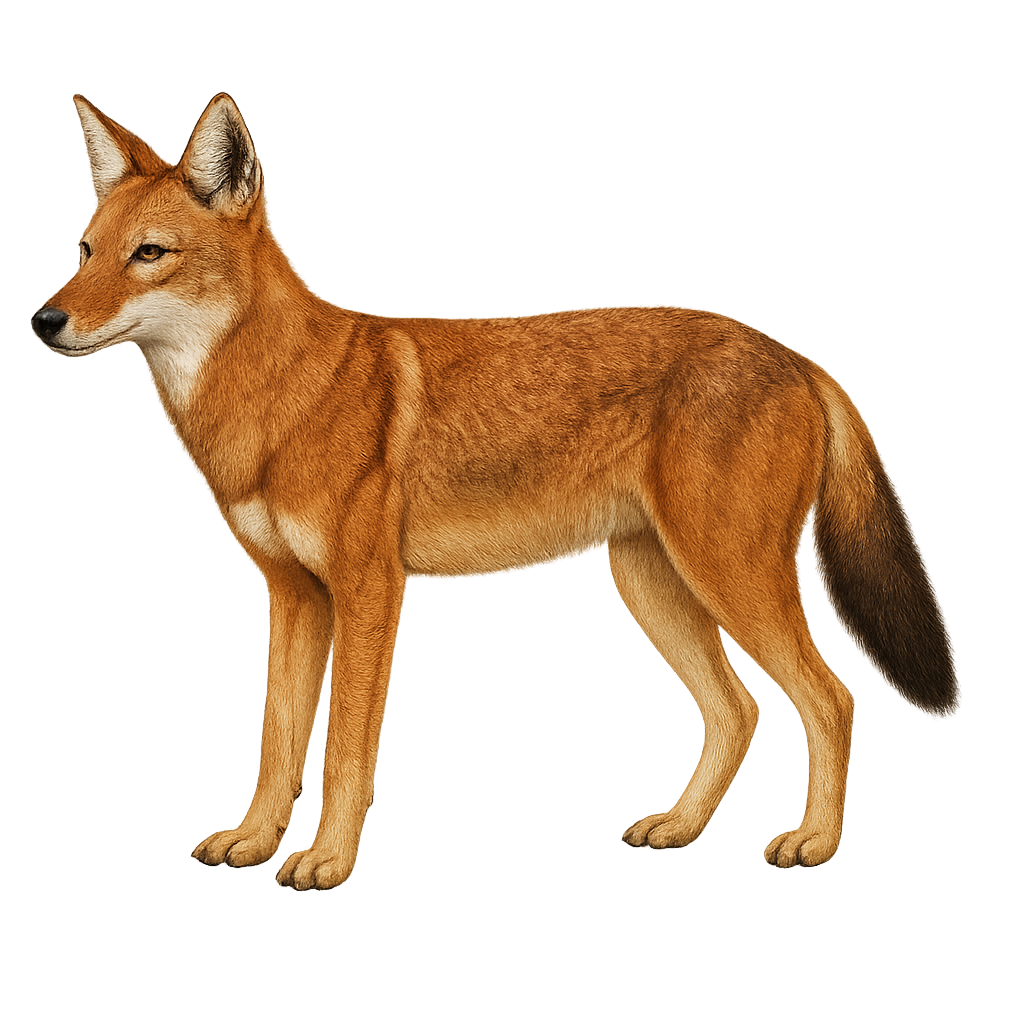The West African manatee, or Trichechus senegalensis, is a fascinating aquatic mammal inhabiting the coastal waters and rivers of West Africa. Recognizable by its massive, streamlined body, thick gray skin, and paddle-shaped tail, it can grow up to 4 meters long and weigh around 500 kg. This peaceful herbivore primarily feeds on aquatic plants. Although often solitary, it can sometimes be seen in small groups. Unfortunately, the West African manatee is threatened by hunting, habitat degradation, and boat collisions. Conservation efforts are crucial to preserving this emblem of African aquatic biodiversity.
The West Indian manatee is a large marine mammal, often called the 'sea cow.' It primarily lives in shallow coastal waters, estuaries, and rivers of the Caribbean, Gulf of Mexico, and Florida. This herbivorous mammal feeds mostly on aquatic plants and can consume up to 100 kg of vegetation per day. The West Indian manatee is a calm and slow-moving animal, with thick skin and sensitive whiskers that help it detect food in the water. While not aggressive, it is endangered due to habitat loss, boat collisions, and water pollution.
The Semnopithèque is a type of monkey primarily found in the forests of South and Southeast Asia. There are several species of langurs, all characterized by dense and typically colorful fur, ranging from black to gray, sometimes with golden or white tints depending on the species. These primates typically measure between 40 and 70 cm in length, with a long, prehensile tail that can exceed the length of their body. They weigh between 10 and 20 kg, with males generally being larger than females. Semnopithèques are herbivores, primarily feeding on leaves, fruits, seeds, and flowers, and they often live in organized social groups. They are known for their ability to move quickly through trees thanks to their long and agile limbs. While some langurs are threatened by deforestation and habitat loss, many species are still relatively widespread within their range. Semnopithèques play a crucial role in the ecosystem by helping to disperse seeds and maintaining the balance of forest vegetation.
The Trachypithecus vetulus, commonly known as the Purple-faced Langur, is a primate endemic to Sri Lanka. This monkey features dense fur ranging from dark brown to black, with a distinctive purple-tinged face. It primarily inhabits tropical rainforests, lowland forests, and mountainous areas. Being diurnal, it spends most of the day foraging for leaves, fruits, and flowers. Purple-faced langurs are social animals living in family groups led by a dominant male. Unfortunately, their habitat is threatened by deforestation, leading to a decline in their population. They are currently classified as vulnerable by the IUCN.
The François' Langur, or Trachypithecus francoisi, is an arboreal primate native to the subtropical forests of Southeast Asia, particularly in Vietnam, China, and Laos. This monkey is easily recognizable by its shiny black fur contrasted by a distinctive white band extending from each side of its face. François' langurs live in social groups led by a dominant male and several females. They primarily feed on leaves, fruits, and flowers, making them dependent on dense forests for their diet. Unfortunately, this species is threatened by deforestation and hunting, leading to a significant decline in its population.
The Trachypithecus geei, or Gee's golden langur, is a rare and fascinating primate endemic to the border region between Bhutan and India. It is distinguished by its striking golden fur, giving it a unique and majestic appearance. This arboreal monkey primarily inhabits tropical and subtropical forests, where it feeds on leaves, fruits, and flowers. Golden langurs are social animals, living in family groups led by a dominant male. Unfortunately, this species is threatened by deforestation and habitat fragmentation, leading to a decline in its population. Conservation efforts are underway to protect this iconic animal and its natural environment.
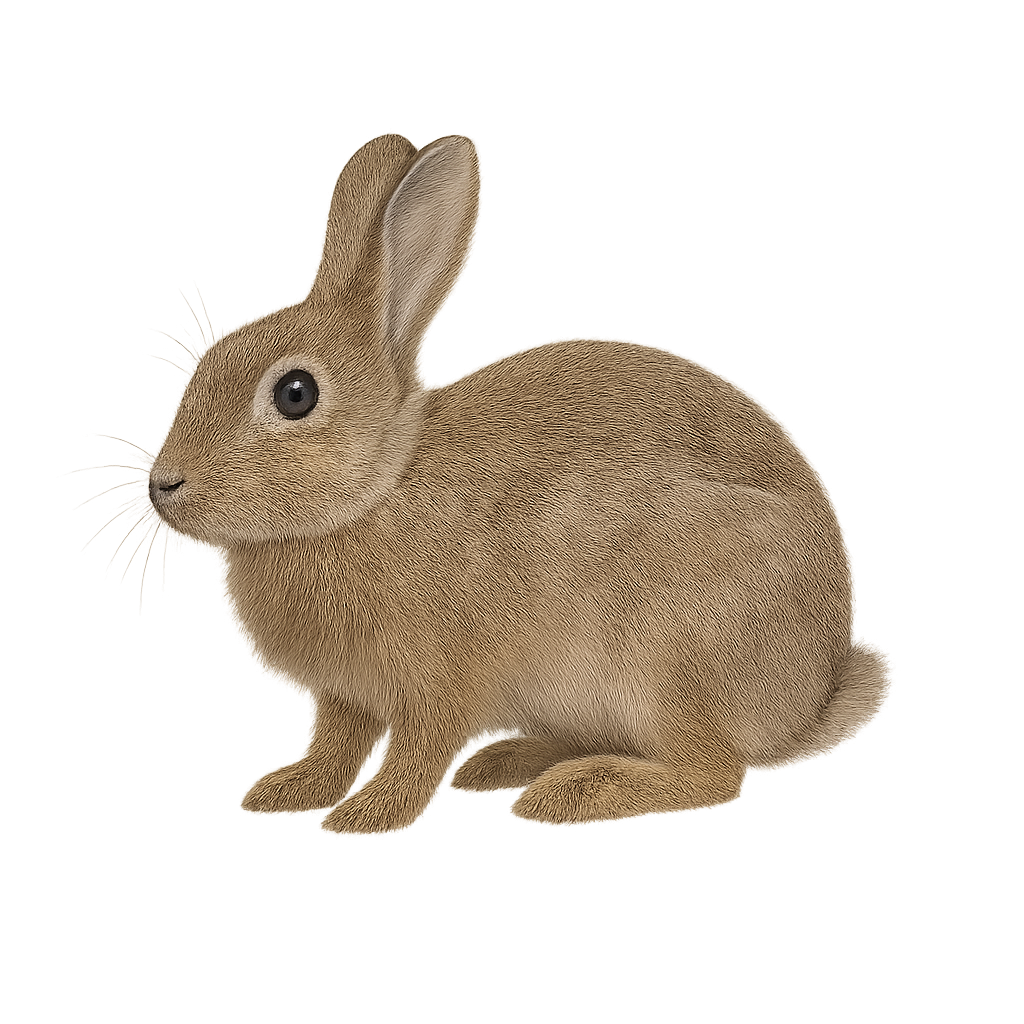
The European Rabbit is a small herbivorous mammal, widely distributed across Europe and in certain parts of the world where it has been introduced. It measures about 40 to 50 cm in length, with a short tail and soft fur that varies from light gray to brown, with a white belly. The European Rabbit is known for its long ears, bright eyes, and powerful hind legs that allow it to leap quickly. It typically lives in groups in burrows called "warrens," which it digs in soft soils or dense vegetation. This rabbit is primarily herbivorous, feeding on grasses, roots, leaves, and fruits. While it is an excellent breeder, with several litters a year, it is vulnerable to predators such as foxes, birds of prey, and carnivores. Despite its large population, the European Rabbit is threatened in some areas by excessive hunting, habitat loss, and the spread of diseases. It plays an important role in ecosystems as prey for many carnivores and as an ecological engineer, digging burrows that alter soil structure.
The Mazama americana, or red brocket, is a small deer native to South America. It is characterized by its reddish coat and modest size, standing about 70 to 80 cm at the shoulder. This deer prefers dense forests where it can hide from predators. It is mostly solitary except during the breeding season. Its diet consists of leaves, fruits, and young shoots. Although relatively discreet, it plays a crucial role in seed dispersal, aiding forest regeneration. Its population is threatened by deforestation and hunting, leading to its classification as a vulnerable species by the IUCN.
The Semnopithecus entellus, commonly known as the Hanuman Langur, is a medium-sized primate native to the Indian subcontinent. It is easily recognizable by its silver-grey fur and black, hairless face. These monkeys live in complex social groups, often consisting of multiple females and a few males. They are primarily arboreal but frequently descend to the ground to forage. Their diet is varied, including leaves, fruits, flowers, and sometimes insects. Grey langurs are known for their adaptability to different habitats, ranging from tropical forests to urban areas. Their social behavior is fascinating, with complex interactions and well-established hierarchies.
The White-fronted lemur is a species of lemur endemic to Madagascar, where it primarily lives in the humid tropical forests of the island's northwest. It is easily recognized by its gray-brown fur and the large white patch on its forehead, from which it derives its name. This lemur is primarily frugivorous, feeding on fruits, flowers, and nectar. It lives in complex social groups and exhibits strong territorial behaviors, including loud vocalizations to define its territory. Although often active during the day, it is also known to be particularly active at dusk.
The brown lemur, or Lemur fulvus, is a primate endemic to Madagascar. It is characterized by its dense, soft fur, typically brown-grey in color, with lighter shades on the belly. Males and females show little sexual dimorphism, although males may have a slightly darker hue. These lemurs live in social groups of up to 15 individuals. They are primarily arboreal, moving with agility through the canopy. Their diet is varied, including fruits, leaves, and sometimes insects. Threatened by deforestation and hunting, their conservation status is concerning.
The black-and-white ruffed lemur, or Varecia variegata, is a primate endemic to Madagascar, known for its distinctive black and white fur. It primarily inhabits the island's eastern rainforests. This lemur is diurnal and arboreal, spending most of its time in the canopy searching for fruits, flowers, and leaves. Social groups usually consist of two to five individuals, often led by a dominant female. Unfortunately, this species is critically endangered due to deforestation and hunting. Conservation efforts are crucial for its long-term survival.
The Leopard is a powerful and agile big cat, easily recognizable by its spotted coat, formed by black rosettes on a golden or yellow background. It typically measures between 1.2 and 1.9 meters in length, with a tail of 60 to 100 cm, and weighs between 30 and 90 kg, with males generally being larger than females. The Leopard is a solitary, nocturnal hunter, known for its ability to climb trees, often to hide its prey and avoid other carnivores. It is an opportunist, feeding on various types of prey, ranging from small mammals to medium-sized ungulates, and sometimes even reptiles and birds. This big cat is found across much of sub-Saharan Africa and in certain regions of Asia, including India, China, and parts of the Middle East. While the Leopard is a relatively widespread species, it is threatened by habitat loss, illegal hunting, and the depletion of its natural prey. It remains one of the most formidable and adaptable predators in the savanna, forests, and mountains.
The Sri Lankan Leopard, Panthera pardus kotiya, is a leopard subspecies endemic to Sri Lanka. It is distinguished by its spotted coat, ranging from golden yellow to brown, with distinct black rosettes. This feline is the island's largest predator and plays a crucial role in the ecosystem by regulating prey populations. It inhabits various environments, from tropical rainforests to dry shrublands. Unfortunately, it is threatened by habitat loss, poaching, and human-wildlife conflict. Conservation efforts are vital to ensure its survival.
The Indian leopard is a striking big cat with a golden coat covered in black rosettes. Highly adaptable, it inhabits a wide range of environments—from forests and hills to open plains and even areas near cities across India. Mostly nocturnal and solitary, it preys on a variety of animals. Within this subspecies, melanistic individuals—known as black panthers—do exist. These leopards have a genetic mutation that gives them an entirely black appearance. While rare, black leopards are regularly observed in certain regions, particularly in the humid forests of the Western Ghats.
The Garden Dormouse is a small nocturnal rodent, often compared to a miniature squirrel, found primarily in Europe and Asia. It measures about 20 cm in length, with a tail of around 12 cm, and weighs between 100 and 150 g. Its coat is typically light gray or brown, with a dark line running from its eyes to its back and a lighter area on its belly. The Garden Dormouse is primarily nocturnal and arboreal, feeding on fruits, nuts, seeds, as well as small insects and larvae. It is an excellent climber and takes refuge in trees or crevices to sleep during the day. This rodent is a hibernator, retreating into its nest in the fall to survive the winter, which is essential for its survival in the cold. Although the Garden Dormouse is protected in some areas, it is threatened by deforestation and the reduction of its natural habitat.
The Lepus microtis, commonly known as the scrub hare, is a medium-sized mammal found primarily in the savannas and grasslands of sub-Saharan Africa. This hare is easily recognizable by its long ears and grayish-brown fur, which helps it blend into its surroundings. It is mainly nocturnal, allowing it to avoid daytime predators. The scrub hare is an herbivore, feeding primarily on grasses, leaves, and young shoots. It has a remarkable ability to adapt, allowing it to survive in various habitats, from grassy plains to bushy areas. Although often solitary, it can sometimes be seen in small groups.
The European Hare is a large herbivorous mammal, easily recognizable by its long ears and powerful hind legs. It measures about 50 to 70 cm in length, with a short tail and a wingspan of 70 to 90 cm, and weighs between 3 and 5 kg. Its coat varies with the seasons: in winter, it becomes lighter, while in summer, it takes on a brown or gray hue, allowing it to blend effectively into fields and meadows. The European Hare is a solitary and territorial animal, primarily found in open areas such as fields, meadows, and sparse woodlands. It is particularly fast and agile, capable of running at speeds of over 60 km/h when pursued. This hare primarily feeds on grasses, leaves, fruits, and roots. Although the species is widespread in Europe, it faces threats from hunting, habitat loss, and human disturbances.
The Tolai hare, Lepus tolai, is a medium-sized mammal known for its long ears and strong hind legs. It has a gray-brown coat that helps it blend into its natural habitat, which mainly consists of steppes, semi-deserts, and open grasslands. This hare is well adapted to arid climates and can be found in regions ranging from Central Asia to Mongolia. It is primarily nocturnal, allowing it to avoid the high daytime temperatures. Although generally solitary, it can be seen in small groups during the breeding season. Its ability to run quickly is its main defense against predators.
The Lepus saxatilis, commonly known as the scrub hare, is a medium-sized mammal belonging to the Leporidae family. It is primarily found in Southern Africa, inhabiting savannas, grasslands, and rocky areas. This hare is recognizable by its brown-grey fur, which provides excellent camouflage, and its long ears that offer superb hearing. Mostly nocturnal, it feeds on grasses, leaves, and bark. Although often solitary, it can sometimes be seen in small groups. Its speed and agility are its main defenses against predators.
The Cape Hare is a large herbivorous mammal native to sub-Saharan Africa, particularly found in open areas, savannas, and semi-arid regions. It measures between 50 and 70 cm in length, with a tail of 10 to 12 cm, and weighs between 2 and 4 kg. Its coat is generally light brown or gray with a lighter belly, allowing it to blend effectively into its environment. The Cape Hare is a nocturnal and crepuscular animal, primarily feeding on plants, grasses, fruits, and roots. While it is a fast runner, reaching speeds of 50 to 60 km/h, it prefers discretion and often remains hidden during the day in bushes or tall grasses. This hare is also known for its ability to remain motionless and quickly adapt to its surroundings, making it difficult for predators to spot. While the species is relatively common, it can be threatened by habitat loss and hunting.
The Iberian Hare is a rodent endemic to the Iberian Peninsula, primarily found in Spain and Portugal. It measures between 50 and 60 cm in length, with a tail of 6 to 9 cm, and weighs between 2 and 3 kg. This hare is smaller than its European cousin, with a lighter coat, often gray-brown or light brown, with darker markings on the back and a paler hue on the belly. The Iberian Hare primarily inhabits open plains, oak forests, and meadows, where it feeds on vegetation, mainly grasses, roots, leaves, and sometimes young shrub shoots. It is a crepuscular and nocturnal animal, most active at dusk and during the night. While the species is not immediately endangered, it is threatened by habitat loss, hunting, and the introduction of predators such as foxes and dogs.
The Mountain Hare is a small mammal, easily recognizable for its ability to change color according to the seasons. In winter, its coat becomes completely white, allowing it to blend perfectly into the snow, while in summer, it has a brown or gray coat, with darker shades on its back and lighter hues on its belly. It measures about 50 to 70 cm in length, with a tail of 6 to 8 cm, and weighs between 2 and 4 kg. The Mountain Hare is primarily found in the cold, mountainous regions of Northern Europe, Northern Asia, and certain mountainous areas of North America. It is a herbivorous animal that feeds on a variety of vegetation, primarily grasses, roots, fruits, and young shoots. It is mainly active at dusk and during the night, hiding in bushes or under grasses during the day. Although it is quite resilient to cold temperatures, the species is threatened by habitat loss and climate changes affecting its natural environment.
The Lion is one of the largest land predators, often called the "king of the animals." It measures between 1.2 and 2.5 meters in length, with a tail of about 80 to 100 cm, and weighs between 120 and 250 kg, with males generally being larger and more massive than females. Male lions are easily recognizable by their majestic mane, which varies in color from light blonde to dark brown. Their coat is generally golden to light brown, with lighter patches on the belly and under the legs. Lions primarily live in Africa, with a small population in Asia (particularly in Gir National Park, India). They prefer open savannas, grasslands, and light forests. The lion is a social predator that typically hunts in groups, with females doing most of the hunting. Their diet consists mainly of large herbivores such as zebras, gazelles, and buffaloes. While the lion is an iconic species, it is threatened by habitat loss, human conflicts, and the depletion of its natural prey.
The Asiatic lion, or Panthera leo persica, is a subspecies of lion found primarily in the Gir Forest of India. Smaller than its African counterpart, it is distinguished by a less developed mane and a distinctive belly fold. Asiatic lions live in groups called prides, consisting of a few females and their cubs, while adult males are often solitary or in small groups. They primarily hunt ungulates such as sambar and chital. Although their population has increased due to conservation efforts, they remain endangered due to habitat loss and poaching.
The Steller sea lion is the largest otariid, with males reaching up to 3.3 m in length and weighing 600–1000 kg, with thick chestnut fur and a large head. It inhabits rocky shores and temperate coastal waters of the North Pacific, feeding mainly on fish, squid and crustaceans. During the breeding season, dominant males arrive in May to establish territories and harems, and females give birth to a single pup on shore in June–July.
The Gray Dormouse is a small nocturnal rodent, closely related to the Common Dormouse, found mainly in Europe in forests, hedgerows, and gardens. It measures between 10 and 15 cm in length, with a tail of about 8 to 12 cm, and weighs between 40 and 100 g. Its coat is generally light gray or brown-gray, with lighter shades on the belly and dark eyes that give it a lively expression. The Gray Dormouse is an excellent climber and is primarily arboreal. It feeds on fruits, seeds, nuts, and sometimes insects and small worms. This rodent is known for its ability to hibernate during the winter, retreating into natural cavities or nests made of leaves and moss to survive the cold temperatures. While it is relatively common, it is threatened by habitat loss, deforestation, and disturbances caused by human activity.
The Maned Wolf is a large carnivore native to South America, particularly known for its distinctive mane that surrounds its neck, giving the animal a majestic and unique appearance. It measures about 1 meter in body length, with a tail of about 30 to 40 cm, and weighs between 20 and 30 kg. Its coat is generally orange or golden in color, with darker shades on the head and legs, and a dark mane extending along its neck and throat. The Maned Wolf primarily inhabits the prairies and open savannas of Brazil, especially in the Pantanal region. It is an opportunistic predator, mainly feeding on small mammals, birds, and reptiles, but it can also consume fruits and plants. This wolf is an excellent runner and uses its speed to capture prey. Although the Maned Wolf is little known, it is an endangered species due to habitat loss, cattle trampling of land, and diseases. Conservation efforts are in place to protect this unique species.
The Arctic Wolf is a subspecies of the gray wolf, primarily found in the cold and snowy regions of the Arctic, particularly in northern Canada, Alaska, and Greenland. It measures about 1.5 to 2 meters in length, including its tail, and weighs between 30 and 50 kg, with males generally being larger than females. Its coat is thick and pure white, allowing it to blend perfectly into the snowy landscapes. This wolf has evolved to adapt to the extreme conditions of its environment, with wide paws that allow it to walk in deep snow, and dense fur that protects it from the cold. The Arctic Wolf lives in family groups, typically consisting of 5 to 10 individuals, who hunt together for prey such as caribou, birds, and other mammals. Although this subspecies is adapted to its environment, it is vulnerable to climate change, which affects the distribution of its prey and natural habitat. The Arctic Wolf is also threatened by hunting and habitat loss due to human activity.
The Ethiopian wolf, or Canis simensis, is a rare and iconic canid of the Ethiopian highlands. With its distinctive reddish coat, it is often mistaken for a fox, although its size and morphology are more akin to a wolf. This predator specializes in hunting rodents, which it captures using keen hearing and solitary hunting techniques. Unfortunately, it is threatened by habitat loss, diseases transmitted by domestic dogs, and population fragmentation. Conservation efforts are crucial to ensure its survival.


